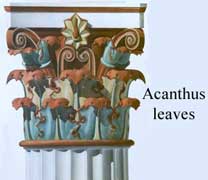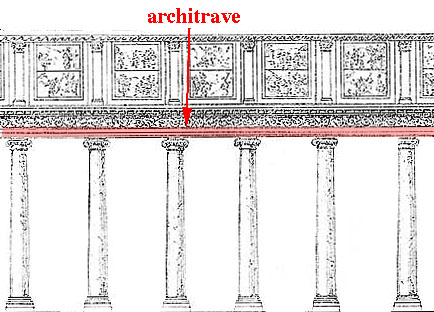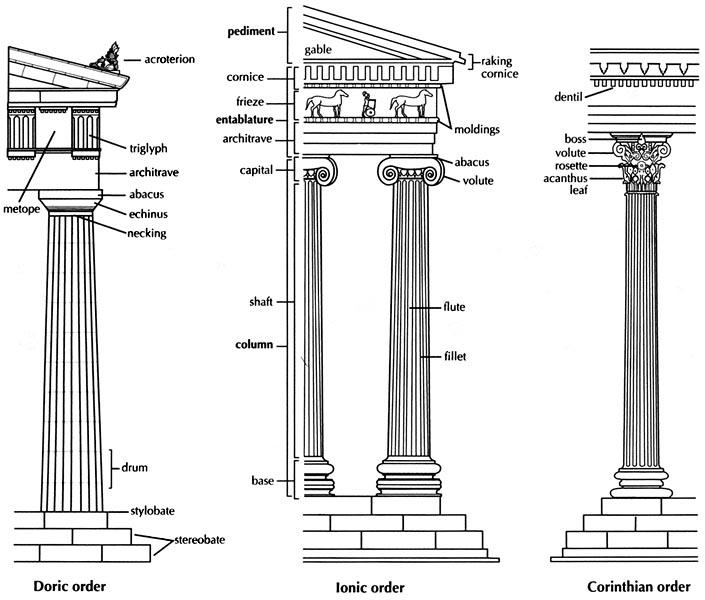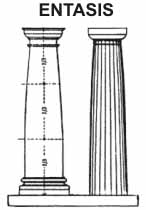Cards In This Set
| Front | Back |
 Dipolon vase Dipolon vase |
Used as funerary makers over burials holes in its vase allowed mourners to pour liquid offerings during funerary rituals. late geometric belly handled amphora. 8th century Athens
|
 Exekias, Achilles and ajax playing dice. black figure amphora 540 BCE Rome Archaic Exekias, Achilles and ajax playing dice. black figure amphora 540 BCE Rome Archaic |
Shows the homeric heros playing dice . 2figures lean on their spears creating a rhytimical compostion first know represtantion of a gaming scene
|
 Abacus |
Square tablet above the echinus
|
 Acanthus |
In architecture, an ornament is carved into stone or wood to resemble leaves
|
 Architrave |
A row of stone blocks directily supporting the collums
|
 Capital |
forms the topmost member of a column (or pilaster). It mediates between the column and the load thrusting down upon it, broadening the area of the column's supporting surface.
|
 Caryatids |
Is a sculpted female figure serving as an architectural support taking the place of a column or a pillar supporting an entablature on her head
|
 Cella |
is the inner chamber of a temple in classical architecture,
|
|
Column
|
Support beams orarches on which the upper parts of walls or ceilings rest.
|
 Echinus |
Flaring cushion like capital under the abacus
|
 Entablature |
Horizontal elements that rest on the colums
|
 Entasis |
Sweeling effect gives impression collumns bulge
|
|
Fluting
|
 Lines on columns |
|
Pediment
|
 a classical architectural element consisting of the triangular section found above the horizontal structure (entablature), typically supported bycolumns |
 Frieze |
Made up of alterntaing triple grooved trigylphs and sculted metopes
|



